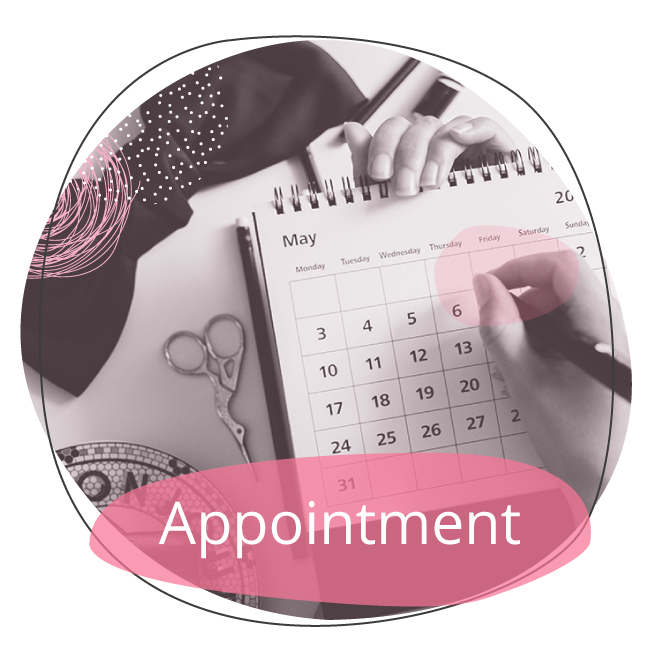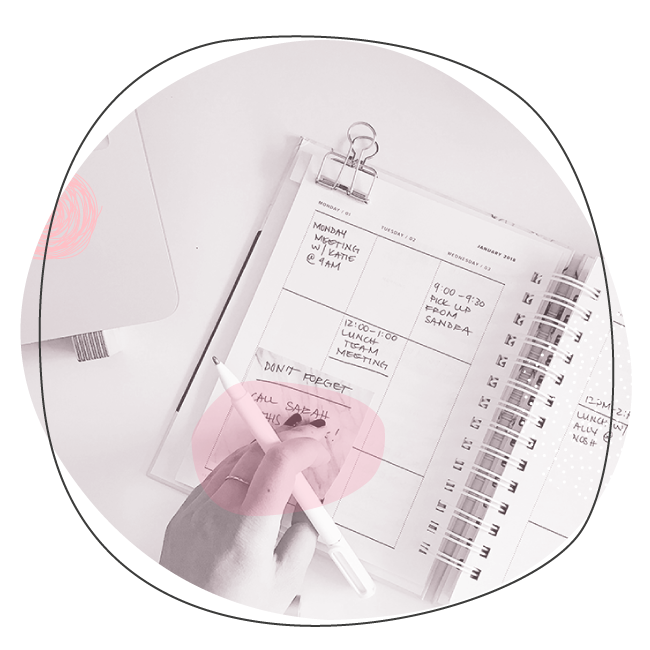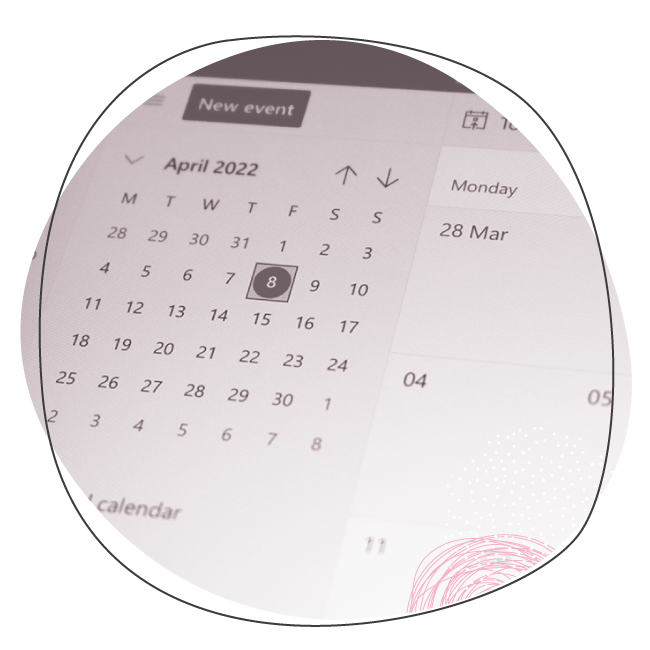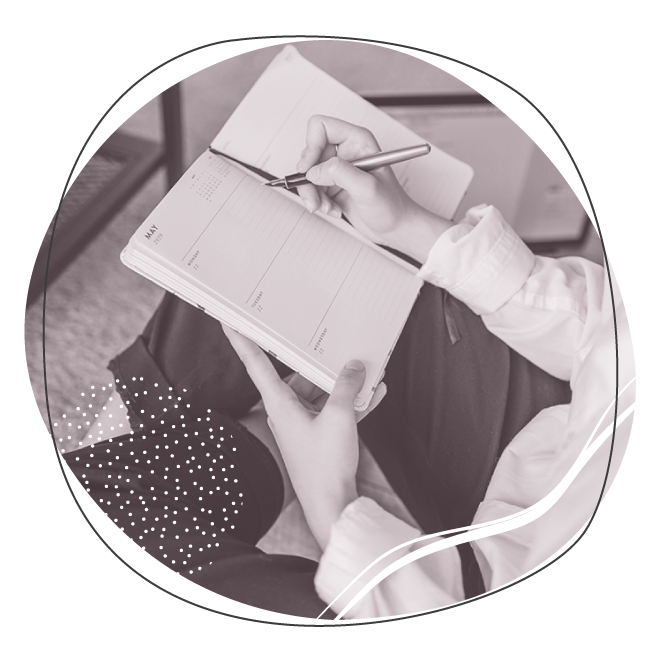

Knowing how to schedule an appointment is one skill that you must develop and practice both within the work and personal environment. Although it may seem like a simple thing to do, both native and non-native speakers of English often have difficulty doing it. Therefore, in this Technical and Tourism English lesson you will learn the basics to make, change and cancel an appointment. Continue reading to learn about this topic.
Surely you already have a good idea of what an appointment is, or at least you have heard this term before. In any case, it is always a good idea to remember certain concepts when learning English, so before starting with the content of this lesson, pay attention to the definition of appointment.

When it comes to your personal schedule, you only use the word appointment to arrange a meeting with a doctor, dentist, the accountant and others, but you should never use this term if you are meeting with family members or friends. In that case, you are supposed to use the word plan; for example:
• I’m making plans to hang out with my friends this weekend.
Now that you have reviewed what the term appointment refers to, here is how you should arrange one, the right way.
Before requesting an appointment, keep in mind to always express yourself in a respectful way. This may seem obvious, especially in a formal context, but due to cultural differences, this could be unintentionally overlooked.
Review the phrases bellow to see how you can request an appointment.
Look at the following examples to see how to request an appointment using these phrases.
 If you are free on Thursday, can we arrange a meeting?
If you are free on Thursday, can we arrange a meeting?
 If possible, I’d like for you to come by and see me on Friday.
If possible, I’d like for you to come by and see me on Friday.
 I would like to meet with you later today to discuss our next project.
I would like to meet with you later today to discuss our next project.
 Could we meet at 2:00 o’clock tomorrow, to review the details of next week’s event?
Could we meet at 2:00 o’clock tomorrow, to review the details of next week’s event?
Of course, if someone else asked you for an appointment, you should also be able to respond to the request appropriately. To do so, you can use any of the following options, depending on the situation.
Whenever possible, instead of rejecting a request for an appointment, it is always better to suggest a different time/date in case you don’t agree with what the other person suggested.
Look at the examples below to see how you can use these phrases to respond to a request for an appointment.
Besides knowing how to make an an appointment and how to respond in case someone asks to meet with you, in both your personal and professional life, it is quite possible that there will be times when you won't be able to attend an appointment as agreed due to an unexpected situation, or you may simply need to decline a request. In these cases, you need to know how to communicate with respect, either to decline, cancel or change an appointment. Pay attention to the information below to learn how to do this properly.
Although it is not well seen to decline, cancel or change an appointment abruptly or directly, if you do it within an adequate time frame, you have different options to notify the people involved about any changes in the meeting.
First of all, if you need to decline, you can use any of the following alternatives to do it in a respectful way.
As a way of showing courtesy after declining, changing or canceling an appointment, you can use the phrases sorry for the inconvenience and thank you in advance. You can also combine them according to the situation. For example, if you were to send an email you can write something like:
• Something urgent has come up. Can we fix some other time? Thank you in advance and sorry for the inconvenience.
Since you already know the correct way to decline, cancel or change an appointment, take a look at the following examples to get a better idea of how to use the previous phrases in context.
 Something has just come up and I won’t be able to meet you today. Sorry for the inconvenience.
Something has just come up and I won’t be able to meet you today. Sorry for the inconvenience.
 Oh! Thank you for letting me know. Can we fix some other time?
Oh! Thank you for letting me know. Can we fix some other time?
 I'm afraid I don't have any space available. Would you mind meeting on another date?
I'm afraid I don't have any space available. Would you mind meeting on another date?
 No problem. Could we meet next Monday at 1:00 o’clock?
No problem. Could we meet next Monday at 1:00 o’clock?
Watch the following video to see another example of how you can make an appointment for a situation related to your personal life.
In addition to all this information, there are two other points that you should take into account when making appointments in a formal context.
Confirm
You should always make sure to confirm your attendance to an appointment. This is usually done the same day you receive the request, through an email or a call. Not doing so is considered impolite and unprofessional.
Notify
In case something came up, you must notify those involved about the change or cancellation of the appointment. The most appropriate is to do this a couple of days in advance or at least 24 hours before the meeting.
Watch the following video to get more information about how to make an appointment.
Click on the button to download a file with some key points to consider when making an appointment.
How do you feel after reviewing all this information? Do you think you could make an appointment with confidence now? Work on the following activities to practice what you have learned.
Start with a reading exercise.
Instructions: Read the messages and complete the activity.
Now complete a listening exercise.
Instructions: Listen carefully to the audio and use the information to complete the activity.
Continue by working on your writing skills.
Instructions: Complete the appointment details according to the conversation in the previous audio.
To finish, work on the following speaking exercise.
Instructions: Practice your oral expression in English by repeating the following phrases. Remember to pay attention to your pronunciation.
In this lesson you learned about the vocabulary and phrases you need to make, decline, change or cancel appointments. This will help you to schedule or deal with an appointment in a professional or semi-formal setting.
The information you learned in this lessons will help you develop your English language skills. Continue practicing to achieve an adequate degree of fluency and proficiency in this language.
To end this lesson, discover how much you managed to learn about this topic by answering the following quiz.
Instructions: After reviewing the content of this lesson, complete a short quiz to test what you have learned about making appointments.